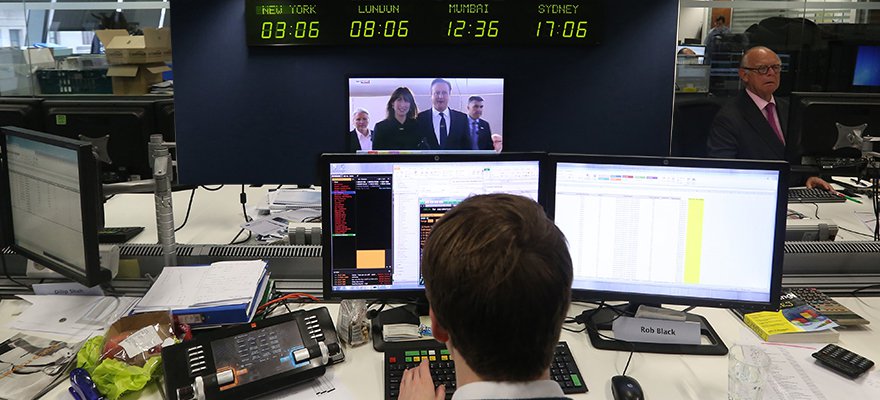2017 is set to be an interesting year, framed by the volatility and the start of the new Presidency in the United States, as well as known unknowns in Europe. This also includes the ongoing Brexit situation and upcoming elections in the Netherlands, Italy, and France. However, this should be good opportunity for currency traders and investors worldwide.
To unlock the Asian market, register now to the iFX EXPO in Hong Kong.
Under this macro view, we have something very important currently happening in the FX market. People are questioning the existing market structure and this status quo that has existed for some time. Moreover, we have global code of conduct coming in May and what is clear is that players in the market are focusing on greater transparency and greater fairness in terms of their clients.
We have heard for many years that last look Liquidity and firm liquidity is a case of choice by the client. Ultimately, if the client chooses to trade with ‘last-look’ then so be it, however in order to make that choice, we have to educate clients to make an informed choice.
Until now this has not been available for clients. So, what should you consider when you look at your style of execution and the style of liquidity you hit? Broadly, there are five things:
- Spreads
- The cost of rejection, if you trade on last-look
- The cost of hold time, if you allow one-way optionality
- Price improvements
- Market impact, post-trade
Furthermore, you need to be able to calculate all these different components to make an informed decision as a client. Many liquidity providers are starting to do this and in most cases given a reasonable spread, the cost of trading is always lower on firm no ‘last-look’ prices.
To give you a quick snapshot, I suspect the analysis will show that spreads are always wider on firm liquidity, but there are never any rejections, as well as no cost of rejections or hold time. Meanwhile, price improvement is standard, if you are not getting price improvement from your liquidity provider then you need to ask why.
In terms of cost of rejection and hold time, we estimate this to be 25-30 dollars/million on a 100ms basis. Incidentally, at least two-thirds of this cost happens in the first 10ms. So when you add these metrics together you get to the true cost of trading. Only now in 2017 as a client will you be able to make a proper assessment.
This article was written by David Mercer, CEO of LMAX Exchange.
















